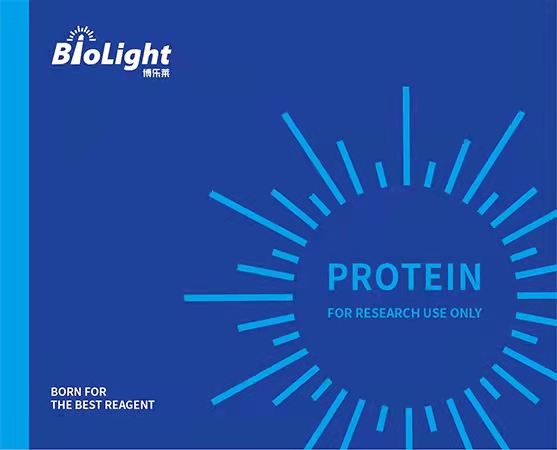
Human CX3CL1 Protein, Recombinant
產(chǎn)品貨號(hào):PR00281HuP1
$ 詢價(jià)
規(guī)格 100ug
產(chǎn)品名稱:Human CX3CL1 Protein, Recombinant
純度:≥95 % as determined by SDS-PAGE
內(nèi)毒素:/
生物活性:/
序列起止:Gln25~Gln341
標(biāo)簽:N-His tag
Uniprot鏈接:P78423
表達(dá)系統(tǒng):E.coli
種屬:Human
預(yù)測 N 端:Met
預(yù)測分子量:34.87 kDa
緩沖液:20mM Tris, 250mM imidazole, 500mM NaCl, pH8.0, containing 10% glycerol.
運(yùn)輸方式:This Protein is shipped as lyophilized powder at ambient temperature. Upon receipt, store it immediately at the temperature recommended.
穩(wěn)定性 & 儲(chǔ)存條件:Avoid repeated freeze/thaw cycles. Store at 2-8°C for one month. Aliquot and store at -80°C for 12 months.
復(fù)溶:Please refer to COA for detailed information
質(zhì)量驗(yàn)證圖:/
別稱:NTN, ABCD3, C3Xkine, CXC3, CXC3C, NTT, SCYD1, ABCD3, FKN, Neurotactin, Fractalkine, Small Inducible Cytokine Subfamily D(Cys-X3-Cys)Member 1
背景信息:CX3CL1/Fractalkine. CX3CL1, also named neurotactin, is a novel chemokine identified through bioinformatics. CX3CL1 has a unique C-X3-C cysteine motif near the amino-terminus and is the first member of a fourth branch of the chemokine superfamily. Unlike other known chemokines, CX3CL1 is a type 1 membrane protein containing a chemokine domain tethered on a long mucin-like stalk. Human CX3CL1 cDNA encodes a 397 amino acid (aa) residue membrane protein with a 24 aa residue predicted signal peptide, a 76 aa residue chemokine domain, a 241 aa residue stalk region containing 17 degenerate mucin-like repeats, a 19 aa residue transmembrane segment and a 37 aa residue cytoplasmic domain. The extracellular domain of human CX3CL1 can be released, possibly by proteolysis at the dibasic cleavage site proximal to the membrane, to generate soluble CX3CL1. CX3CL1 mRNA has been detected in various tissues including the brain and heart. The expression of CX3CL1 was also reported to be up-regulated in endothelial cells and microglia by inflammatory signals. Membrane-bound CX3CL1 has been shown to promote adhesion of leukocytes. The soluble chemokine domain of human CX3CL1 was reported to be chemotactic for T cells and monocytes while the soluble chemokine domain of mouse CX3CL1 was reported to chemoattract neutrophils and T-lymphocytes but not monocytes. The gene for human CX3CL1 has been mapped to chromosome 16q.
全稱:Fractalkine (CX3CL1)
說明書:待上傳

